
If there’s one thing I have learned in my job as a London-based beauty editor, it’s that our approach to skincare here in the UK is wildly different to elsewhere in Europe. Take, for example, in France, where dermatologists are in abundance and skincare is science-led, affordable, and easily accessible. In fact, the French approach to skincare is renowned for being the gold standard, and this is something that, up until very recently, I have always agreed with.
But a few weeks ago, I found myself visiting Stockholm for the first time, and I genuinely couldn’t believe what I saw. It’s no exaggeration when I say that everyone I saw had some of the healthiest and glowiest skin I had ever seen. Women and men alike were radiating their ways down streets, like pure visions of health and wealth. I was, frankly, blown away by the local glow. And it’s not that I didn’t have an idea that this might have been the case; it’s just that I assumed the idea all Scandi women had great skin was a stereotype—but it’s not.
And this confused me. In terms of weather, England and Sweden are not worlds apart. Much like the UK, Scandinavian countries have few hours of daylight, their winters last most of the year, and locals have to spend most of their time outside battling beating winds. So what’s going so wrong with my skin? During the 24 hours I was in Stockholm, I made it my mission to unearth their skin secrets. Here are the three very simple things they do that we don’t (and the best products for the job).

This is perhaps one of the most important things that I think we UK women get wrong when shopping for skincare in general—we always buy into marketing claims. “Expectations are more reasonable amongst the Scandinavian shopper,” says Lars Fredriksson, founder of Swedish skincare brand Verso. “For instance, a good moisturiser will likely sell well here, but a cellulite cream wouldn’t. Why? Because it doesn’t work.”
A crucial thing that Scandi women consider when buying skincare (and something Scandi brands champion too) is genuine honesty. “It’s about understanding that most people might see results from their skincare, but not everyone. It’s similar to how drugs don’t work for everyone. If someone takes paracetamol, it might not work, and skincare is the same. The mentality is about knowing what ingredients work rather than jumping on the wagon of the latest hype,” he adds.

A key component to the success of French skincare routines too, Scandi skincare regimens embrace a less-is-more attitude, and it’s key to success. “Think of Scandinavian skincare as the total opposite of 10-step Korean routines. We are limited, and less is always more,” says Fredriksson.
However, in a different way to French skincare, the reason for Scandinavia’s less-is-more approach is down to time rather than a low-effort mentality. “Everyone loves to be pampered, but very few can do it every day or every week. Our lifestyles are hectic, so we like easy-to-use products that keep our skin in good health. There is a less-is-more approach to everything, including ingredients, application, and even how many products we use—that’s the Scandi way,” he adds.

Above everything I learned about Scandi life while I was visiting Stockholm, this tip is most prominent. Buying less and buying better appears to be a way of life. Walk down just one street in Stockholm and you will see that everyone is immaculately dressed in long-lasting, high-end staples. “If you look at Scandi fashion, people aren’t wearing the latest thing. We just know what works, and then we fine tune it. It’s the same with skincare,” reveals Fredriksson.
While in the UK, we lap up affordable buys as much as our purse strings allow for and have overflowing skincare shelves, in Scandinavia, things are more refined. “Unlike in other areas of Europe, like France, we don’t have access to a huge amount of dermatologists. If you want to see a dermatologist for something besides severe eczema or psoriasis, they’re very expensive,” he adds. And this is something I think we in the UK can relate to—getting any sort of medical help for skin concerns can be tricky. The point of difference? “This is the reason that the Scandi consumer invests in products that actually work. We’re far more prepared to spend money on good-quality products because we don’t have easy access to dermatologists.”
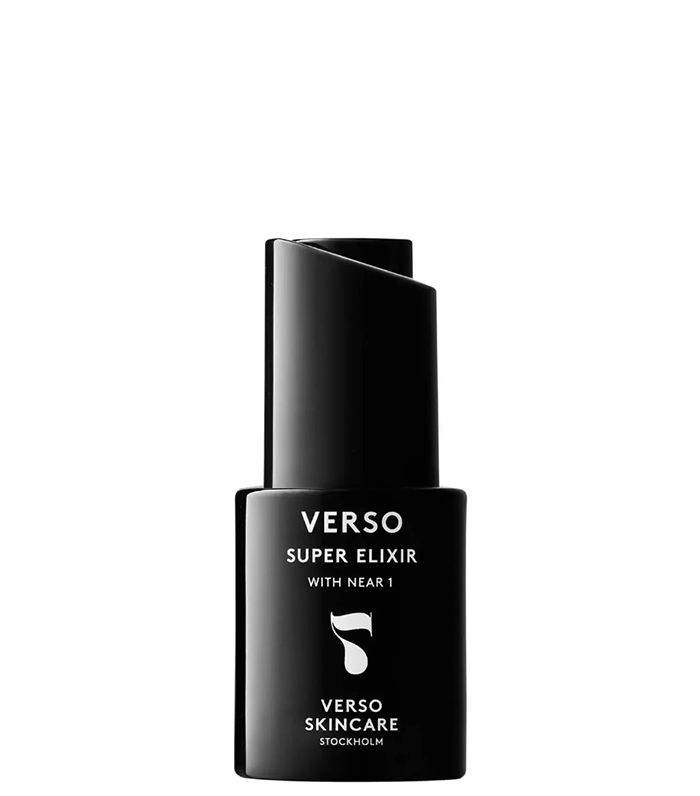
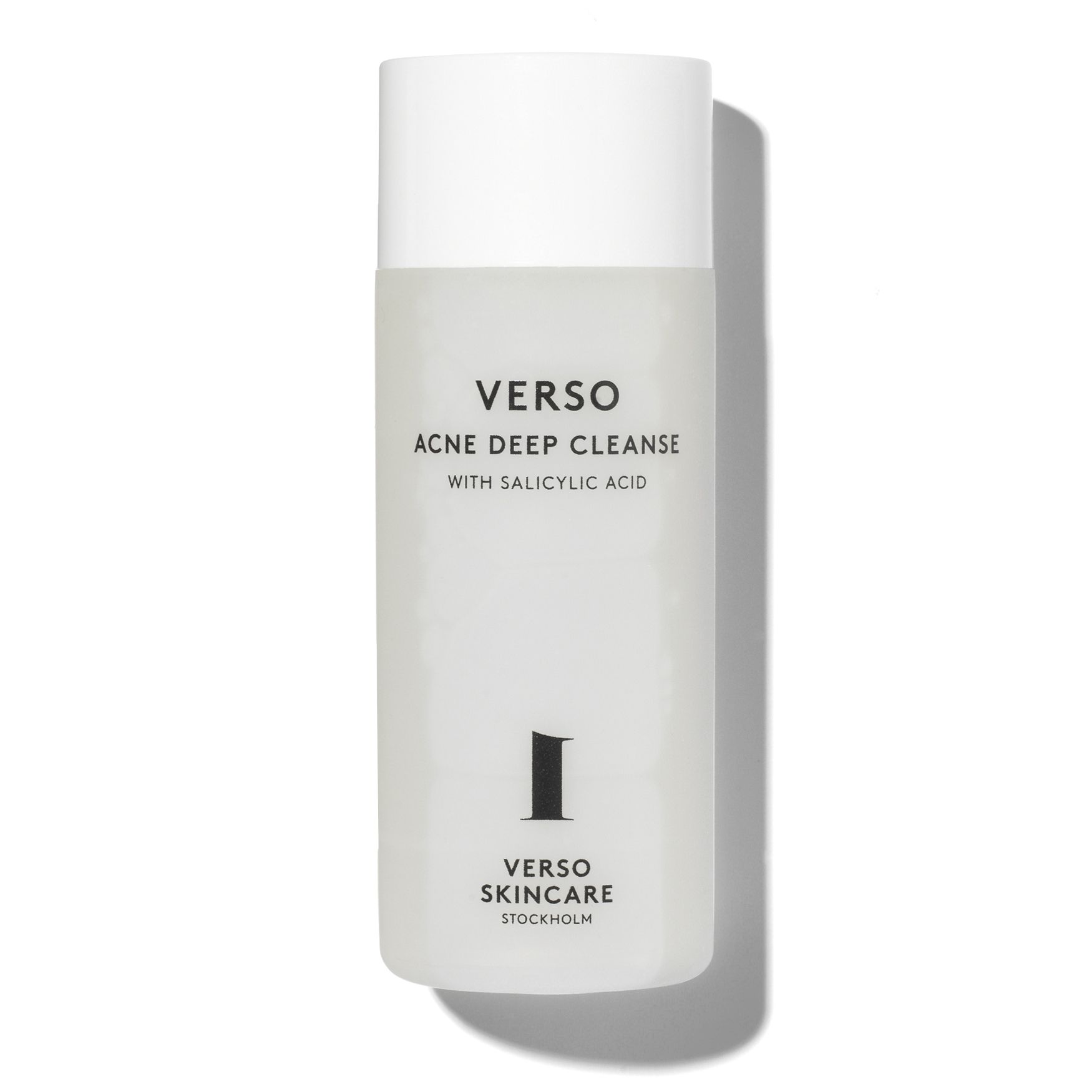

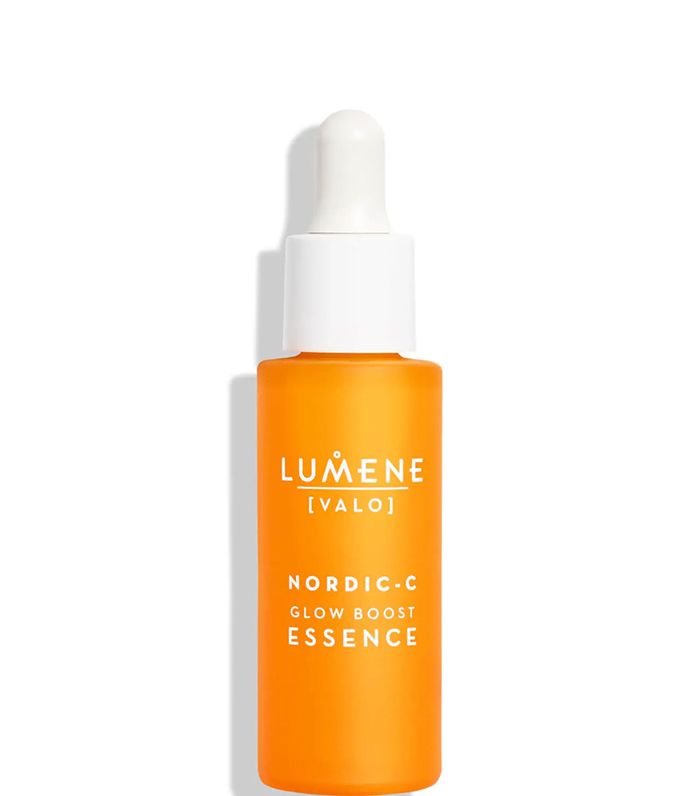
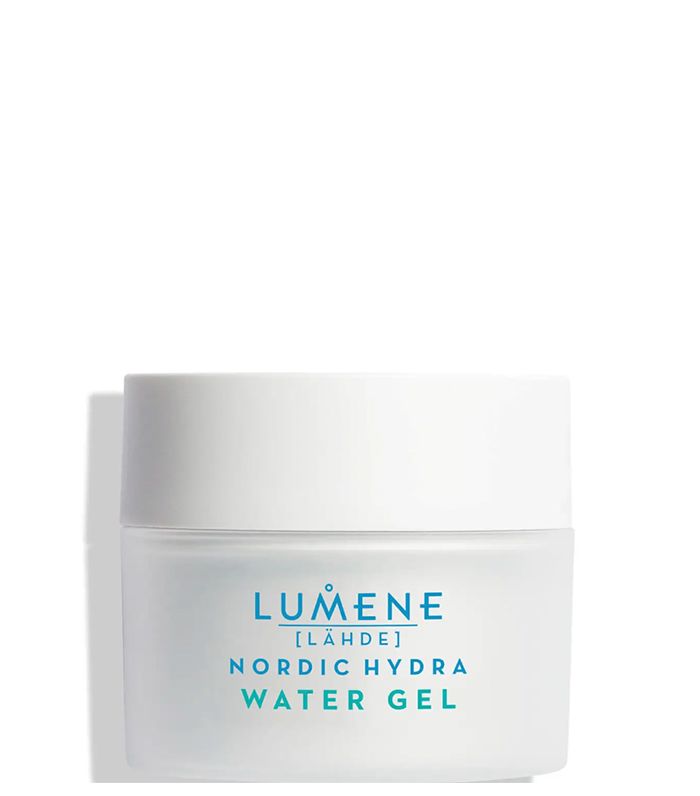
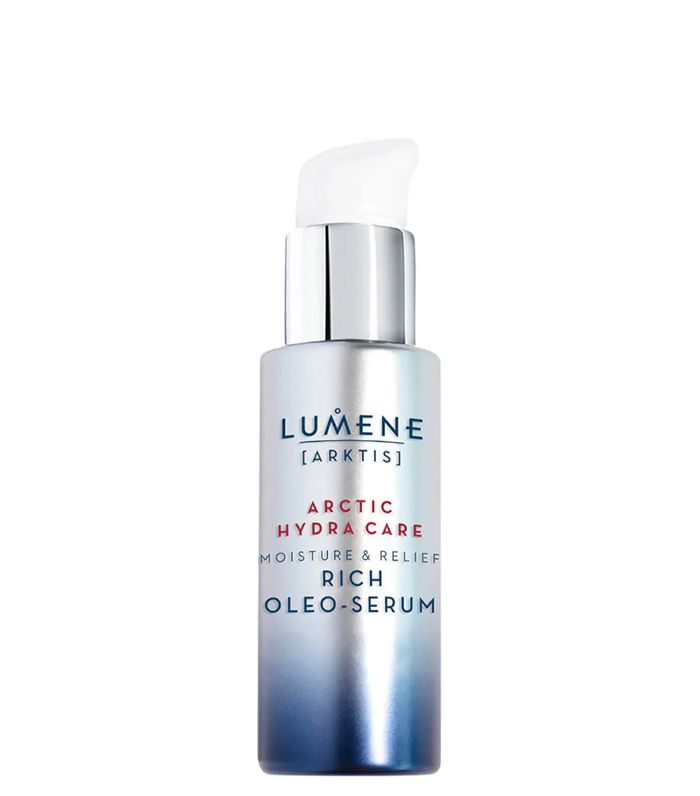
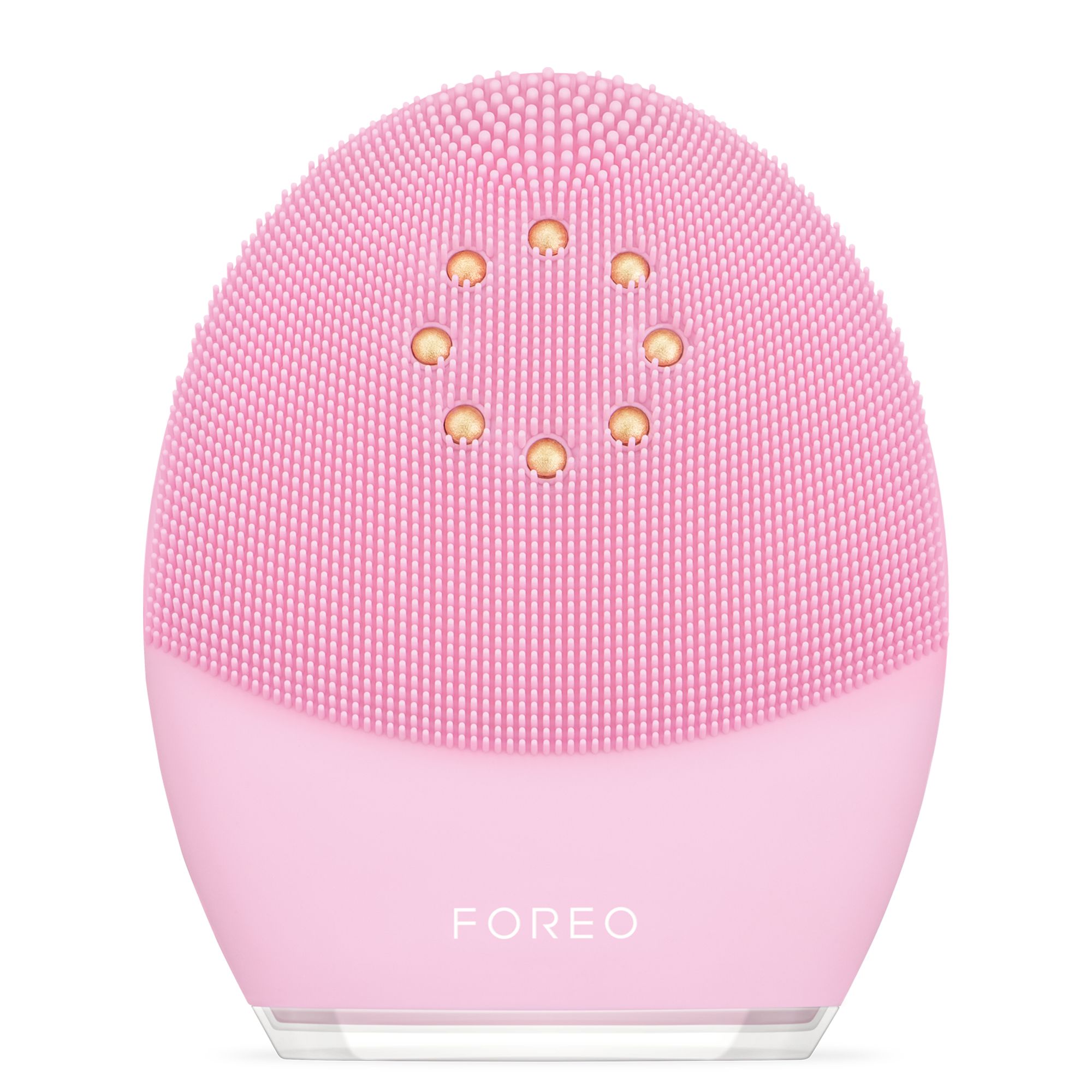
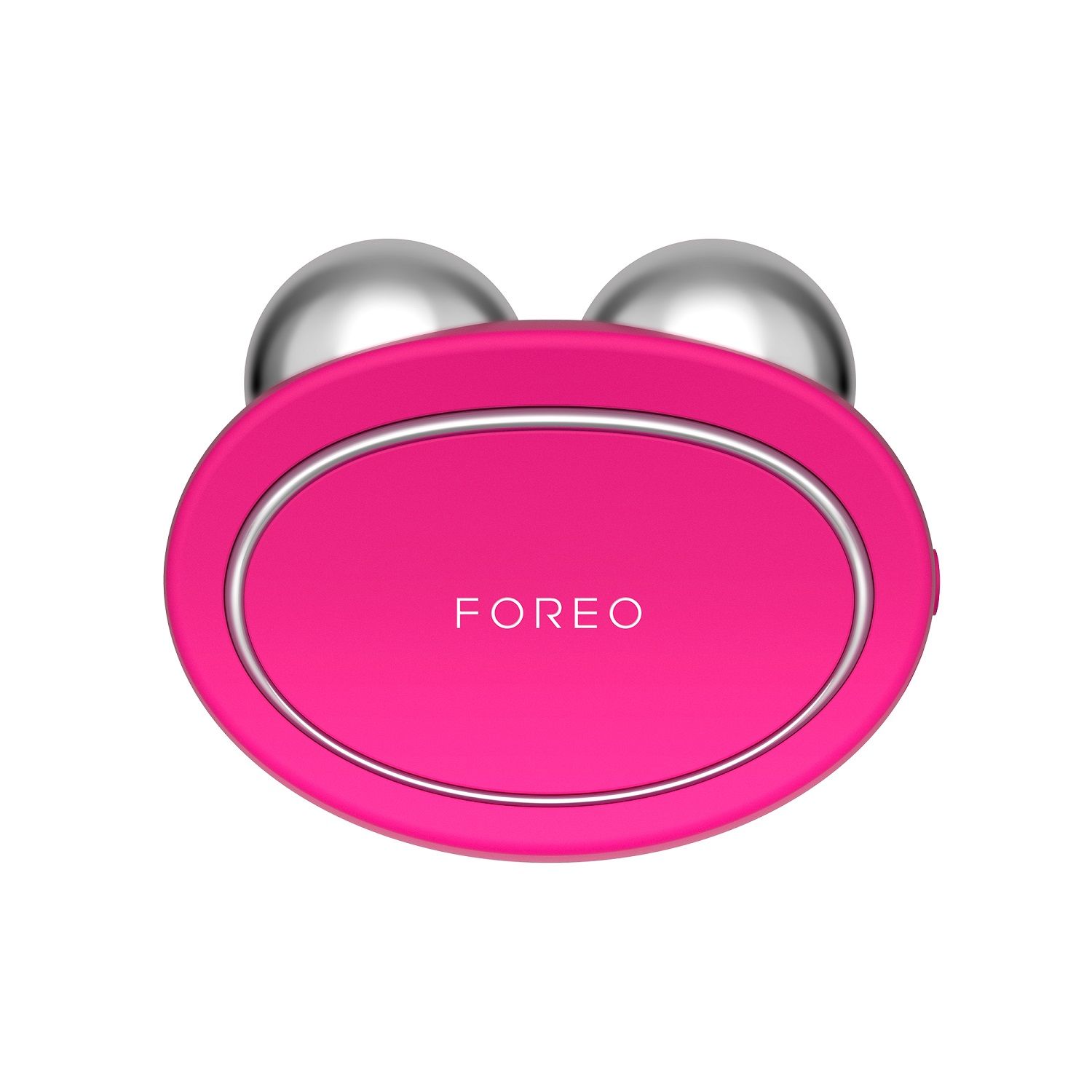
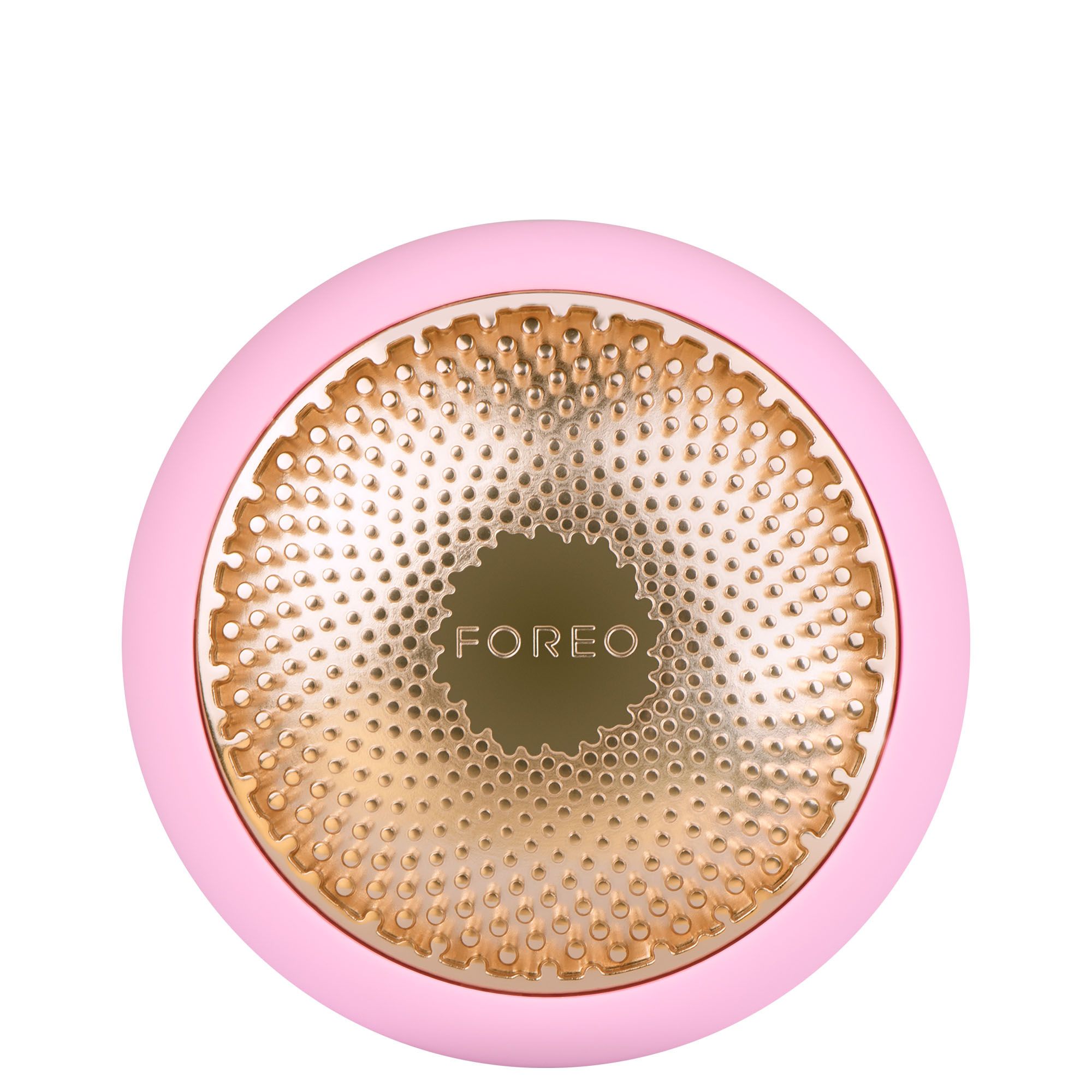
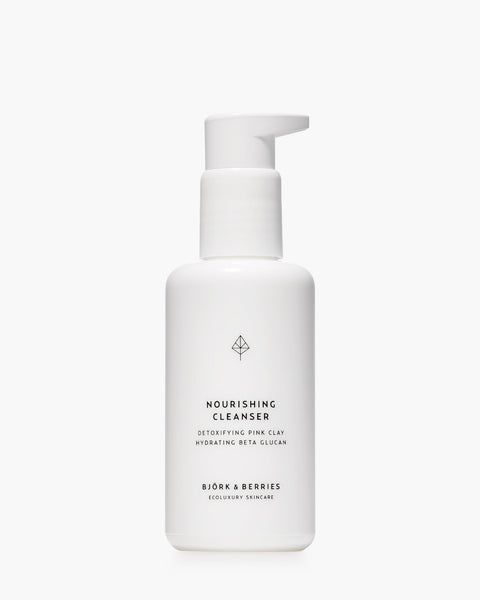
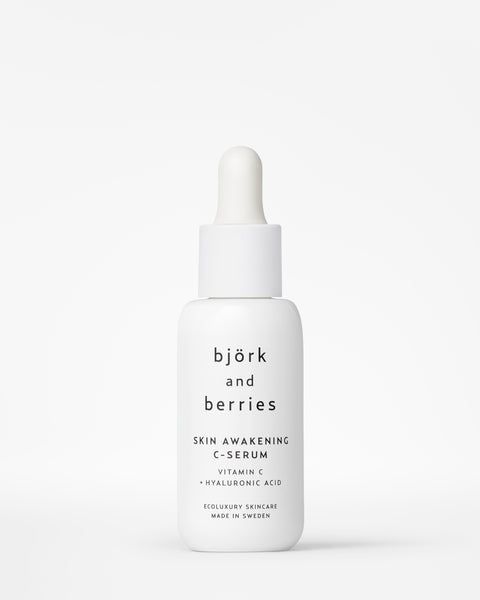
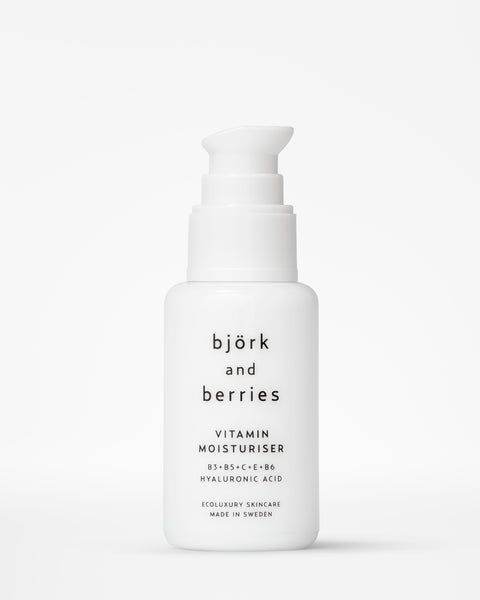
Up Next: French Girls Swear By These 10 Brands for Amazing Skin




